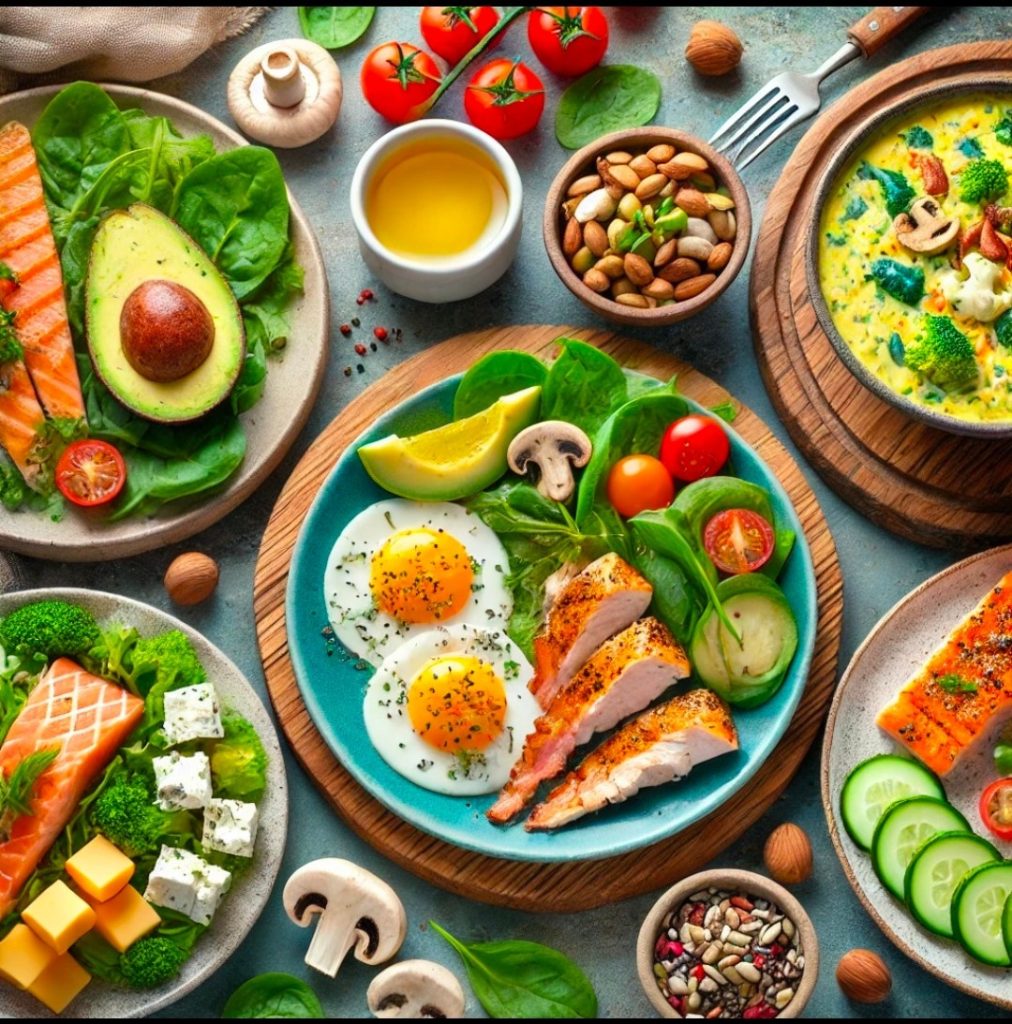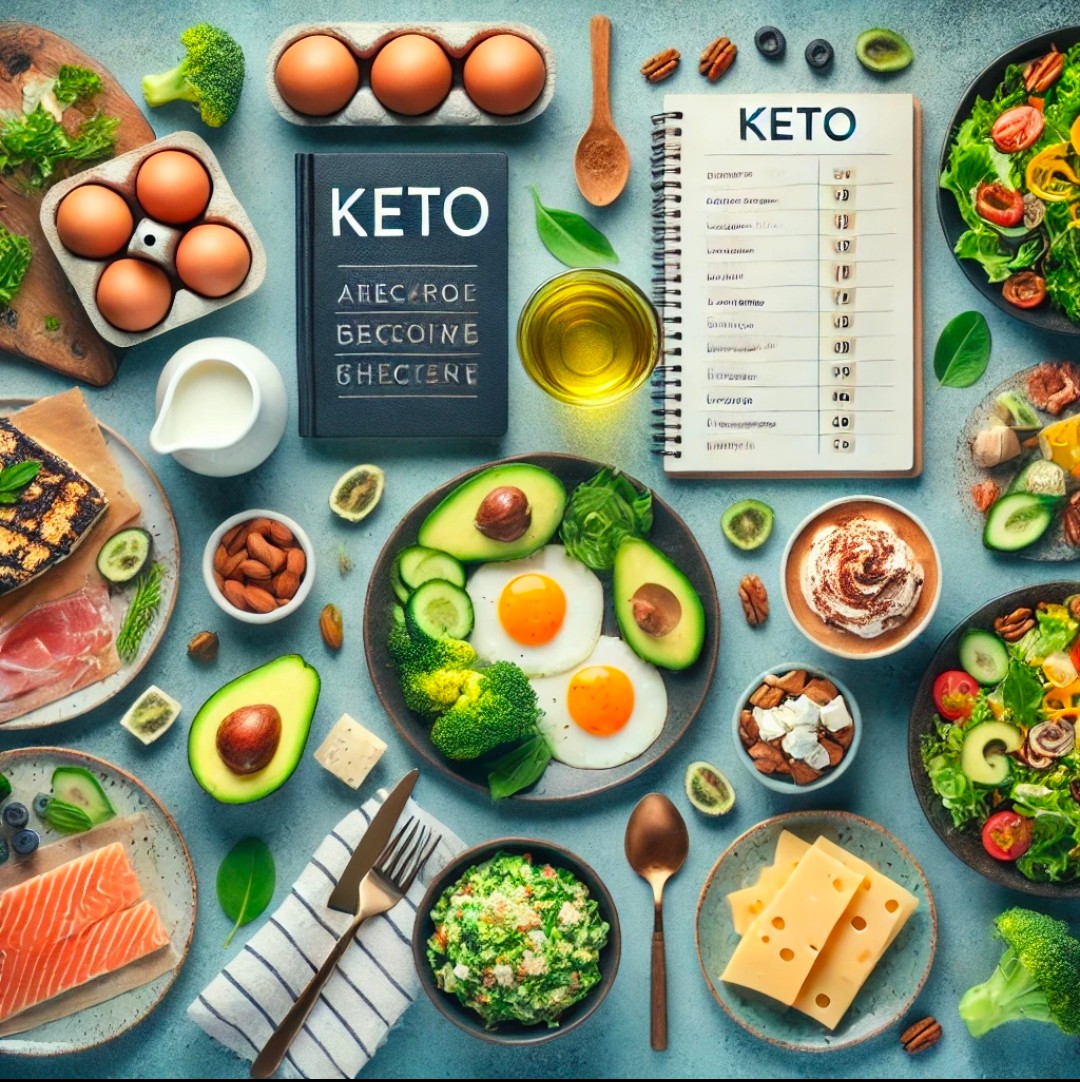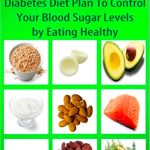The Ultimate Keto Diet Plan: A Complete Guide to Achieving Your Health Goals
In recent years, the keto diet has become one of the most popular dietary trends worldwide. Short for “ketogenic,” the diet is based on consuming a low-carb, high-fat, and moderate-protein diet to encourage the body to enter a metabolic state known as ketosis. In this state, the body burns fat for energy instead of carbohydrates, leading to potential weight loss, increased mental clarity, and other health benefits. If you’re looking for a comprehensive keto diet plan to get started, you’ve come to the right place. This article will explain everything you need to know about the keto diet, including its benefits, food list, meal plans, and tips for success.
What is the Keto Diet?
The keto diet is designed to drastically reduce carbohydrate intake while increasing fat consumption. When carbohydrates are minimized, the body’s glucose (sugar) levels drop. As a result, the liver converts stored fat into molecules called ketones, which are then used as the primary energy source. This metabolic state, known as ketosis, can help the body become more efficient at burning fat, both from food and from the body’s fat stores.
Benefits of the Keto Diet
1. Weight Loss: One of the primary reasons people adopt the keto diet is for weight loss. By shifting the body’s energy source from carbohydrates to fat, the body burns fat more efficiently, resulting in fat loss.
2. Increased Mental Clarity: Many followers of the keto diet report improved focus and mental clarity. Ketones, the primary energy source on the keto diet, provide a steady fuel supply for the brain.
3. Stable Energy Levels: By relying on fats for energy instead of sugars, the keto diet provides more stable and sustained energy throughout the day, reducing the spikes and crashes that often come with a high-carb diet.
4. Appetite Suppression: The high-fat content of the diet helps you feel full for longer periods, reducing the urge to snack between meals.
5. Improved Blood Sugar Control: Many individuals with type 2 diabetes or insulin resistance find that the keto diet helps stabilize their blood sugar levels.
6. Potential Cardiovascular Benefits: Although the keto diet is high in fat, studies suggest that it can improve cholesterol profiles by increasing HDL (good) cholesterol and reducing triglycerides.

Keto diet plan
The Science Behind Ketosis
Achieving ketosis involves consuming fewer than 50 grams of carbohydrates per day, with some variations depending on individual needs. The body typically takes 2-7 days to enter full ketosis after reducing carbohydrate intake. The process includes the following stages:
Glucose Depletion: When carb intake is restricted, the body’s stored glycogen (the form in which glucose is stored) is used up.
Ketone Production: As glycogen stores deplete, the liver starts converting fat into ketones, which serve as an alternative energy source.
Metabolic Shift: Once in ketosis, the body becomes more efficient at burning fat and producing ketones.
Macronutrient Ratios for Keto Diet
The macronutrient breakdown for a typical ketogenic diet usually consists of:
70-75% fat
20-25% protein
5-10% carbohydrates
This means most of your daily caloric intake comes from fat, with moderate protein and very limited carbs.
Foods to Eat on the Keto Diet
To follow the keto diet effectively, it’s essential to choose foods that are low in carbohydrates but rich in healthy fats and moderate in protein. Here’s a breakdown of keto-friendly foods:
Fats and Oils:
Coconut oil
Avocados and avocado oil
Olive oil
Butter and ghee
MCT oil
Nuts and seeds (in moderation)
Proteins:
Meat: Beef, pork, lamb, chicken, and turkey.
Fish and seafood: Salmon, tuna, mackerel, and sardines.
Eggs: Whole eggs, especially pastured or organic.
Cheese: Full-fat cheese such as cheddar, mozzarella, and goat cheese.
Low-Carb Vegetables:
Leafy greens: Spinach, kale, and lettuce.
Cruciferous vegetables: Broccoli, cauliflower, and Brussels sprouts.
Zucchini
Bell peppers
Mushrooms
Cucumbers
Other Keto-Friendly Foods:
Full-fat dairy: Cream, sour cream, and cream cheese.
Berries (in moderation): Raspberries, blackberries, and strawberries.
Herbs and spices: Garlic, turmeric, rosemary, and basil.
Foods to Avoid on the Keto Diet
Certain foods should be avoided on the keto diet due to their high carbohydrate content. Here’s a list of foods to avoid:
Grains: Wheat, rice, oats, barley, and corn.
Sugars and sweets: Candy, soda, fruit juices, and pastries.
Starchy vegetables: Potatoes, sweet potatoes, and yams.
High-carb fruits: Bananas, apples, oranges, and grapes.
Legumes: Beans, lentils, and chickpeas.
Processed foods: Sugary snacks, fast food, and most packaged products.

Keto Meal Plan for Beginners
Now that you understand what foods are keto-friendly, let’s look at a simple keto meal plan to get you started.
Day 1:
Breakfast: Scrambled eggs with spinach, cooked in butter.
Lunch: Grilled chicken salad with olive oil and avocado.
Dinner: Salmon fillet with roasted broccoli and cauliflower.
Day 2:
Breakfast: Keto-friendly smoothie with coconut milk, spinach, and chia seeds.
Lunch: Zucchini noodles with pesto and grilled shrimp.
Dinner: Pork chops with sautéed mushrooms and asparagus.
Day 3:
Breakfast: Avocado with eggs and bacon.
Lunch: Tuna salad with leafy greens and olive oil.
Dinner: Grilled steak with a side of green beans cooked in butter.
Day 4:
Breakfast: Full-fat Greek yogurt with chia seeds and a few raspberries.
Lunch: Egg salad with cucumber slices.
Dinner: Baked chicken thighs with a side of cauliflower mash.
Day 5:
Breakfast: Keto pancakes made with almond flour and topped with butter.
Lunch: Caesar salad with grilled chicken (omit the croutons).
Dinner: Beef stir-fry with low-carb vegetables cooked in coconut oil.
Day 6:
Breakfast: Keto-friendly sausage with sautéed bell peppers.
Lunch: Turkey lettuce wraps with avocado.
Dinner: Baked cod with a side of zucchini fries.
Day 7:
Breakfast: Keto frittata with cheese, mushrooms, and spinach.
Lunch: Grilled salmon salad with olive oil and avocado.
Dinner: Lamb chops with roasted Brussels sprouts.
Tips for Success on the Keto Diet
1. Plan Your Meals: One of the biggest challenges when starting the keto diet is staying prepared. Plan your meals and snacks in advance to avoid being tempted by carb-heavy options.
2. Stay Hydrated: Drink plenty of water throughout the day. The keto diet can have a diuretic effect, meaning you may lose water and electrolytes more quickly.
3. Get Enough Electrolytes: Include foods high in magnesium, potassium, and sodium to prevent the “keto flu”—a set of symptoms some people experience when transitioning into ketosis.
4. Monitor Carb Intake: It’s important to track your carbs carefully, especially in the beginning. Use apps or food journals to make sure you’re staying within your carb limits.
5. Be Patient: It can take a few days to a week for your body to fully transition into ketosis. Be patient with the process and allow your body time to adapt.
6. Consider Supplements: In some cases, supplements like MCT oil, exogenous ketones, or electrolyte powders can help support your transition into ketosis.
7. Practice Mindful Eating: Pay attention to your body’s hunger signals. The keto diet often reduces appetite, so you may not need to eat as frequently as before.
Common Keto Diet Mistakes to Avoid
1. Eating Too Much Protein: While protein is essential, too much can kick you out of ketosis. Stick to moderate protein intake and focus on fats.
2. Not Eating Enough Fats: Many people find it hard to consume enough fats, which are crucial for maintaining energy levels on keto. Don’t be afraid to use oils, butter, and fatty cuts of meat.
3. Neglecting Vegetables: Some keto beginners may avoid all vegetables due to fear of carbs. However, non-starchy vegetables are essential for fiber, vitamins, and minerals.
4. Failing to Prepare: Preparation is key. Keep keto-friendly snacks handy, and always have a plan when dining out or attending events.
5. Forgetting About Electrolytes: The loss of electrolytes can lead to the keto flu, so make sure to replenish them by incorporating foods like leafy greens, avocados, and nuts.
Conclusion
The keto diet is a powerful tool for weight loss, improving mental clarity, and balancing blood sugar levels. By following the guidelines laid out in this article, you can start your



